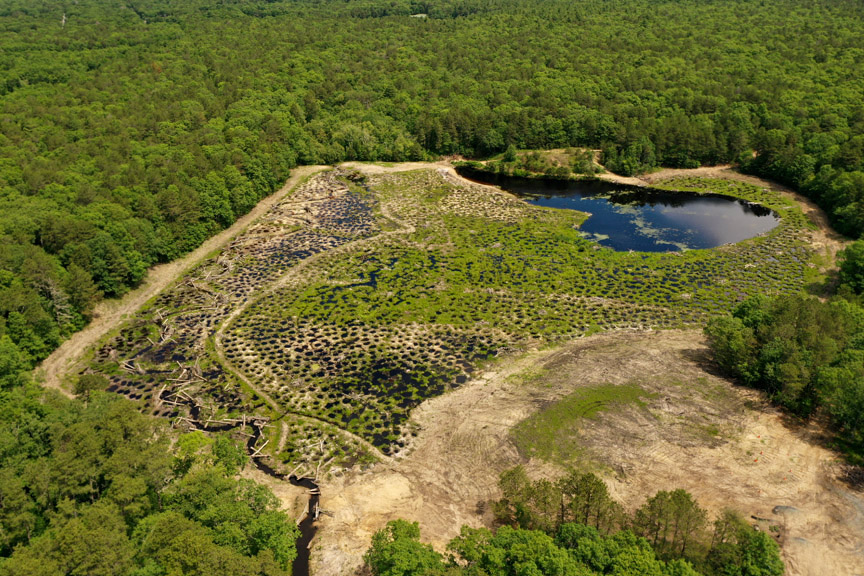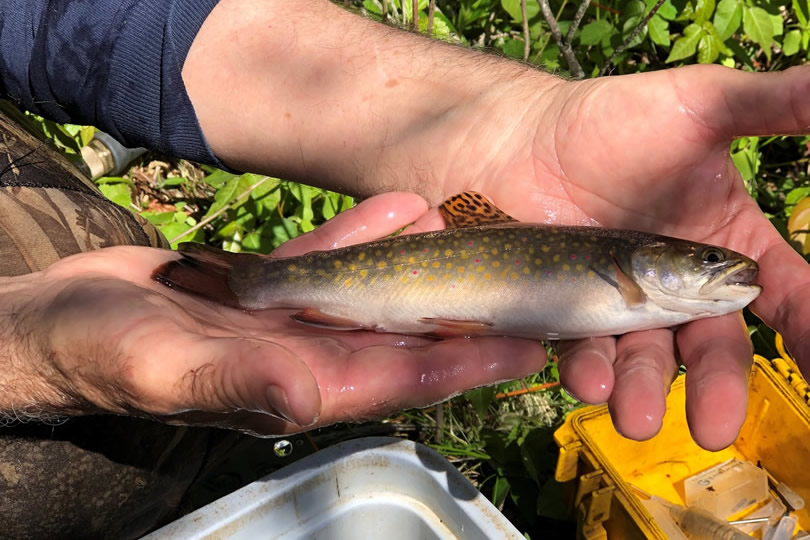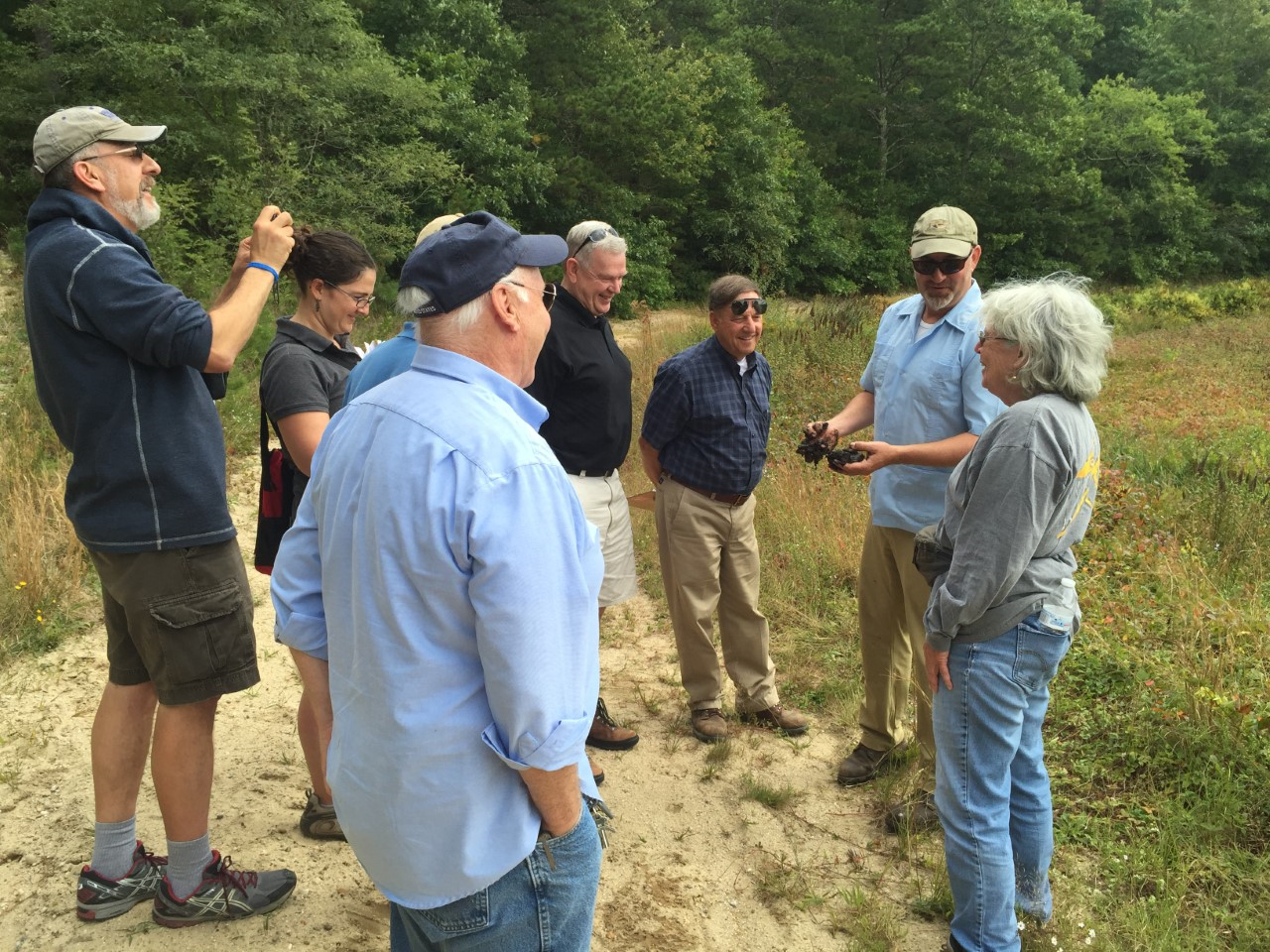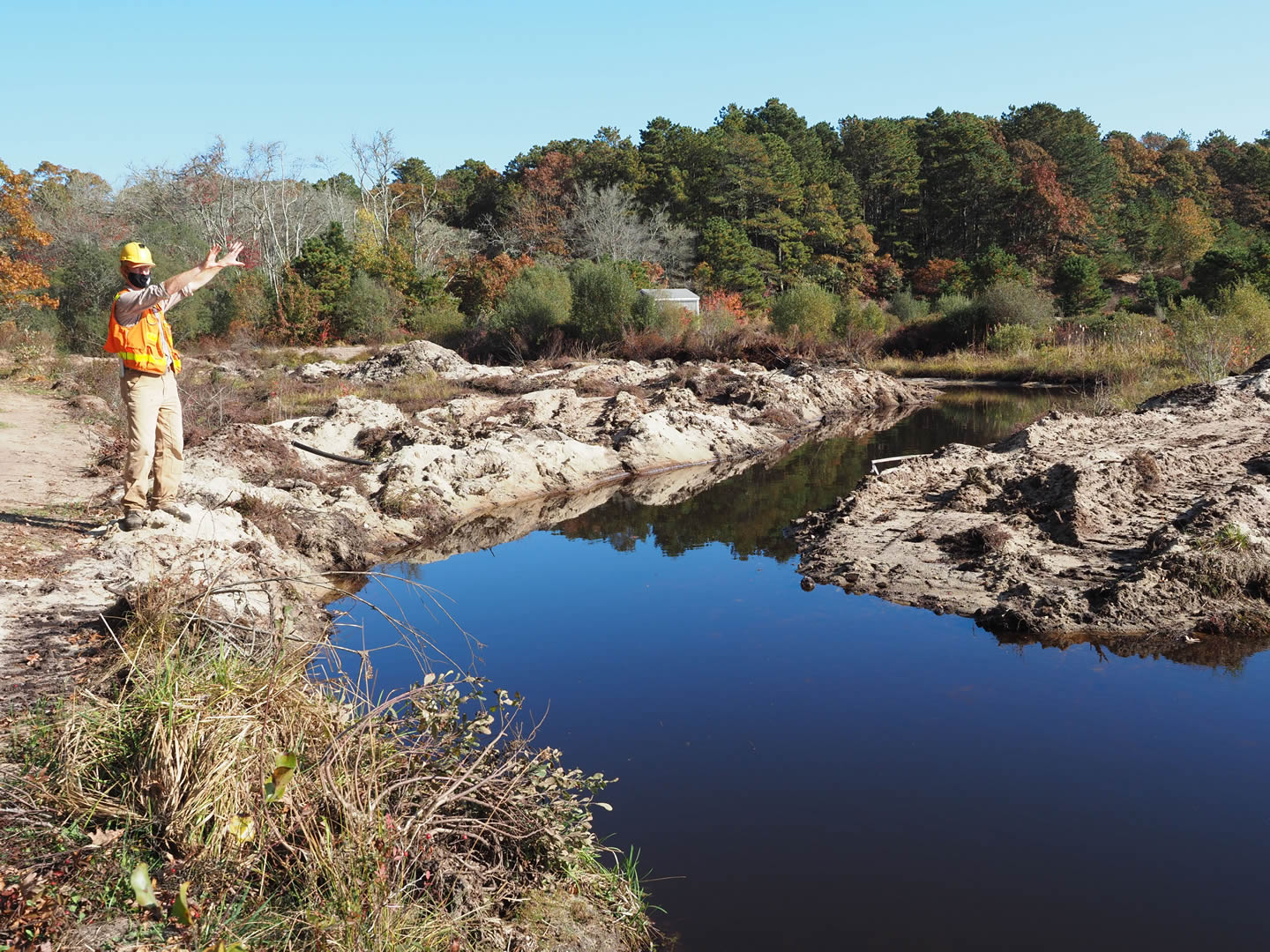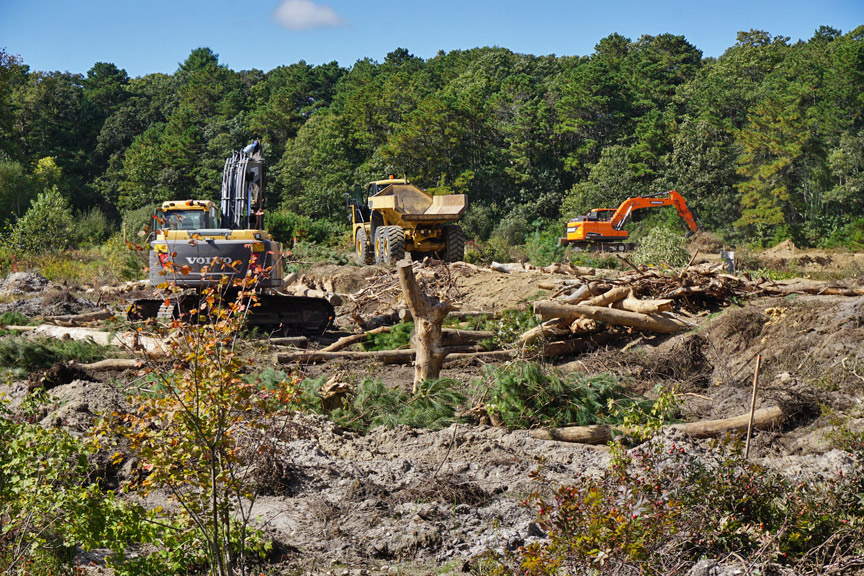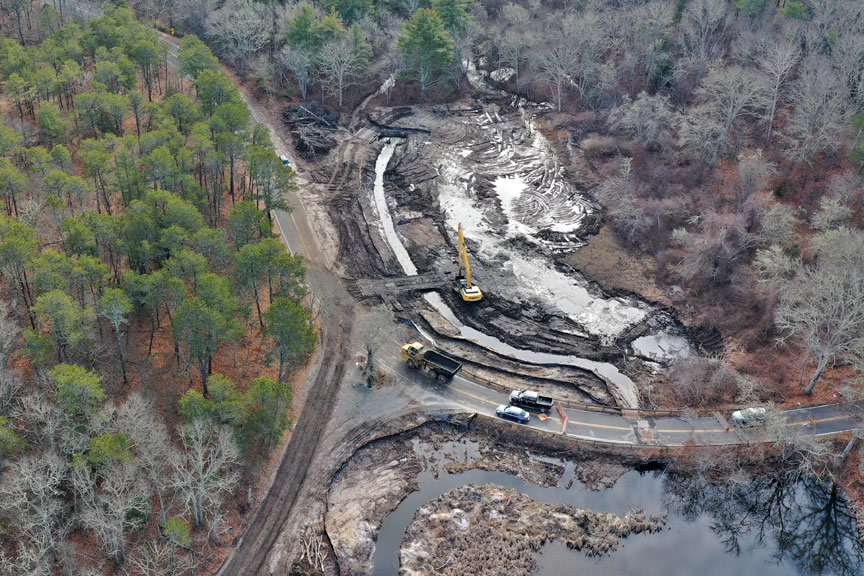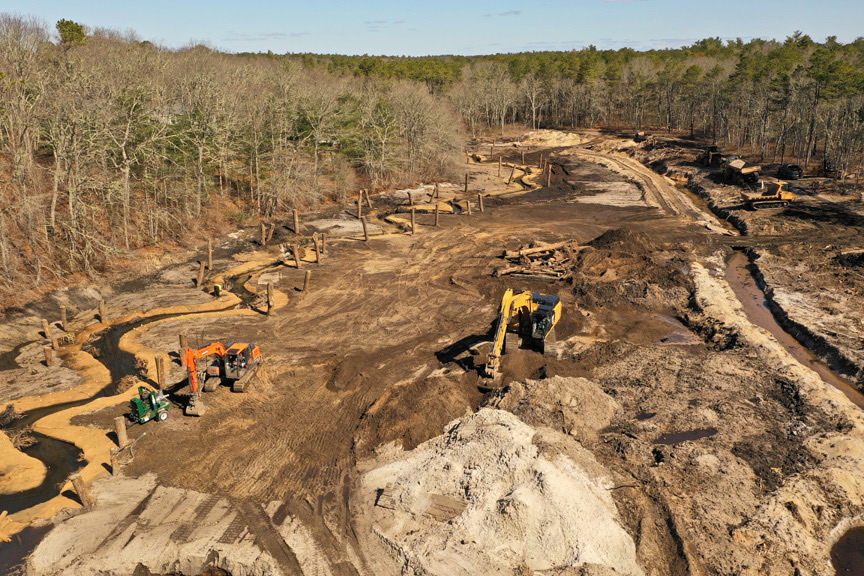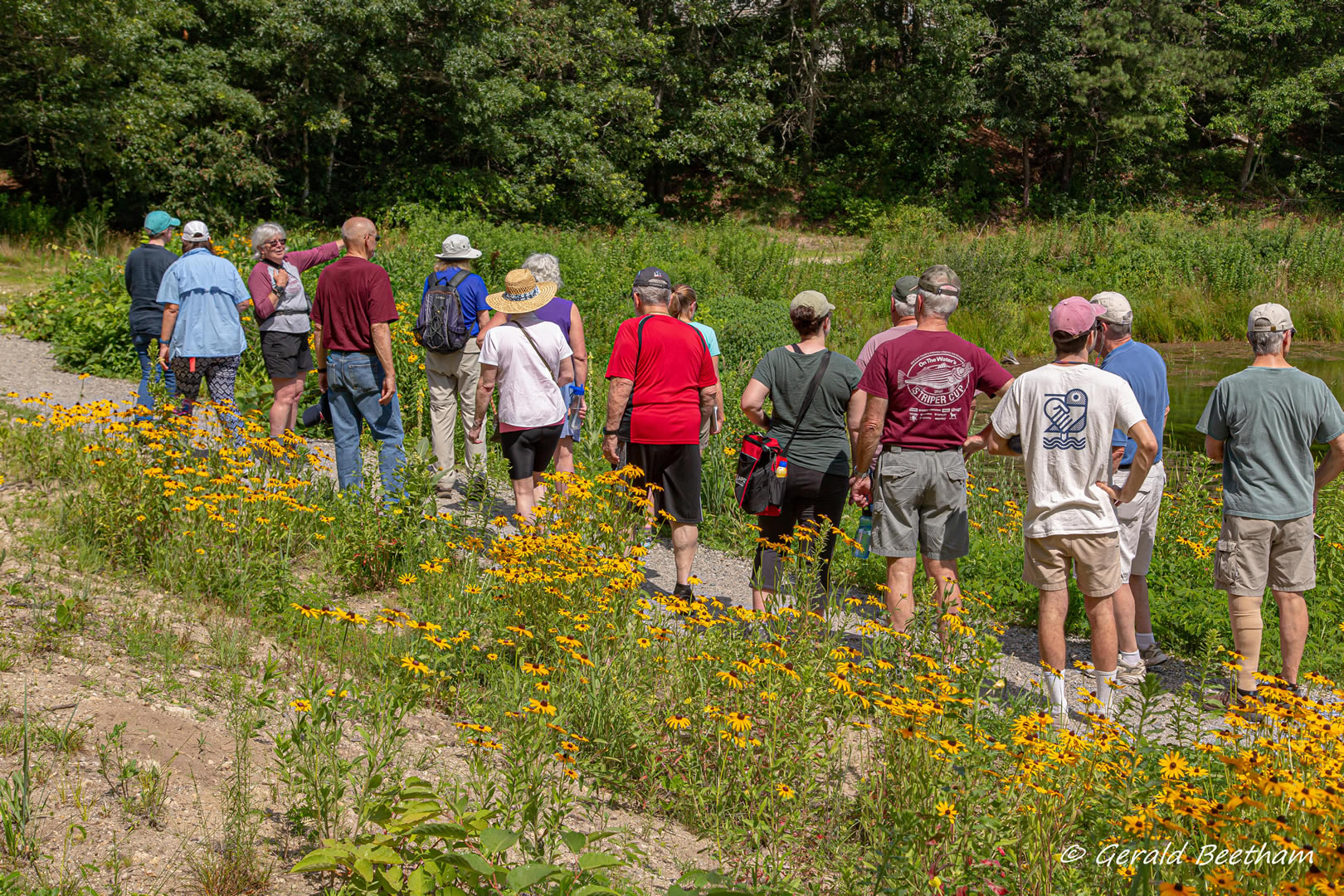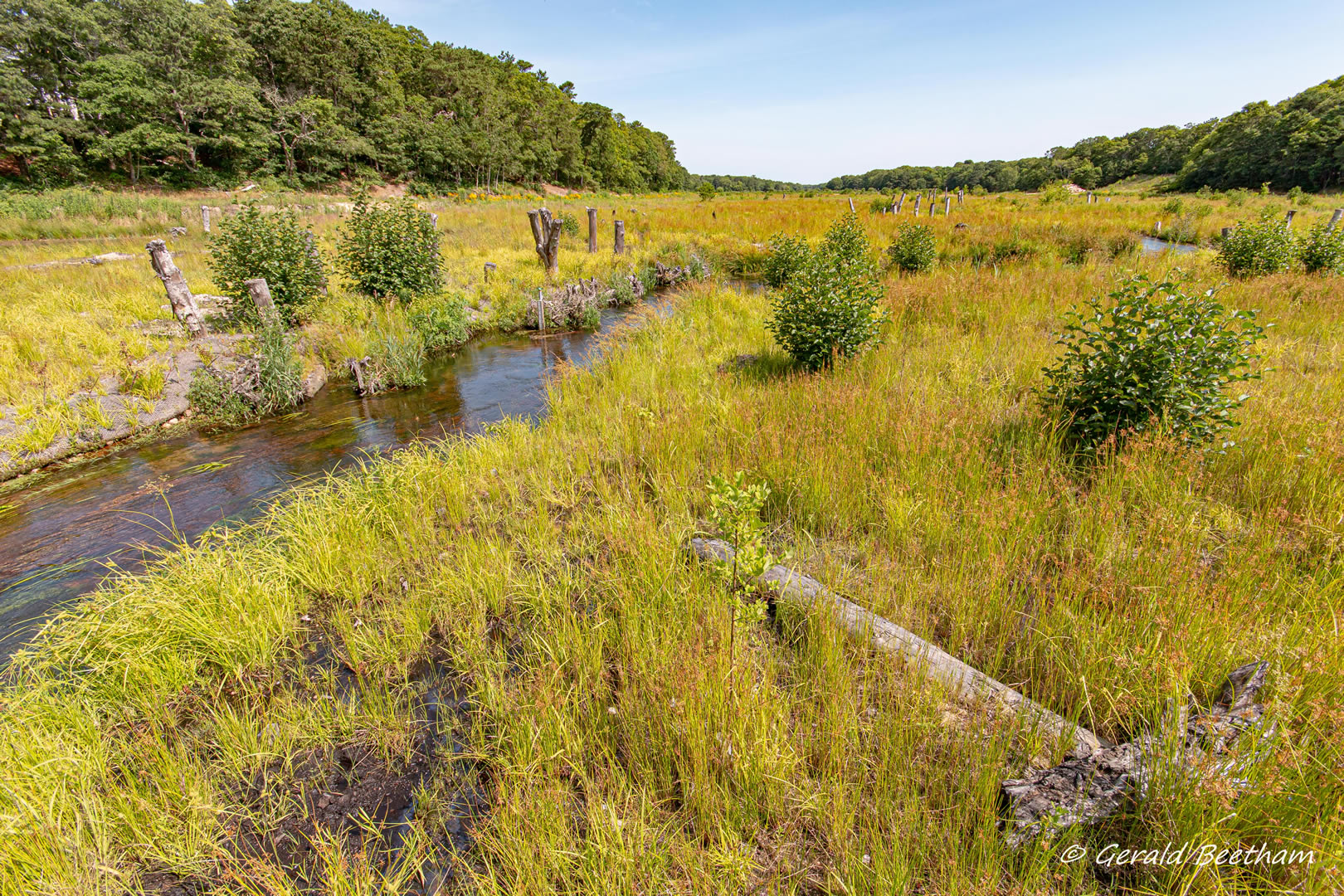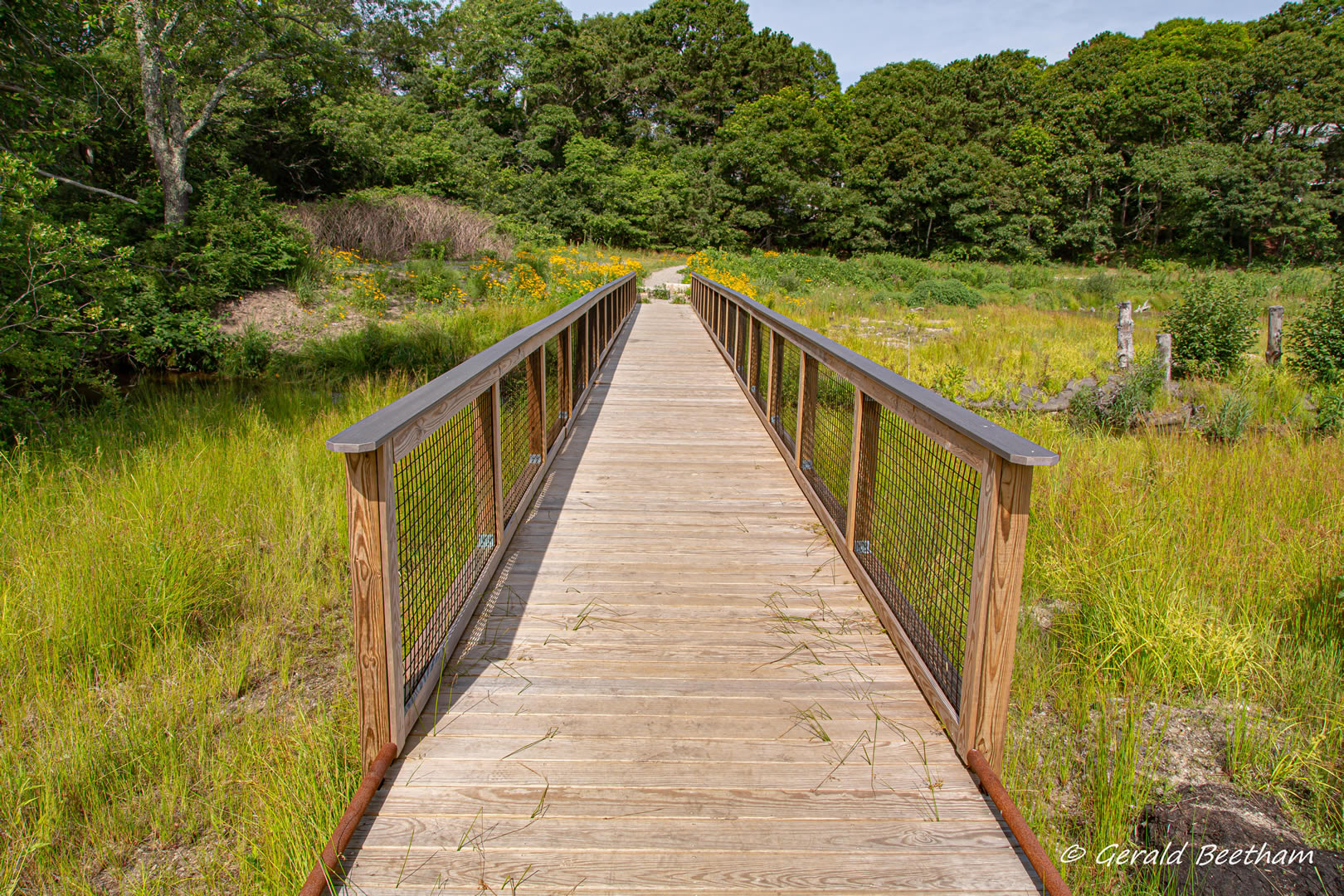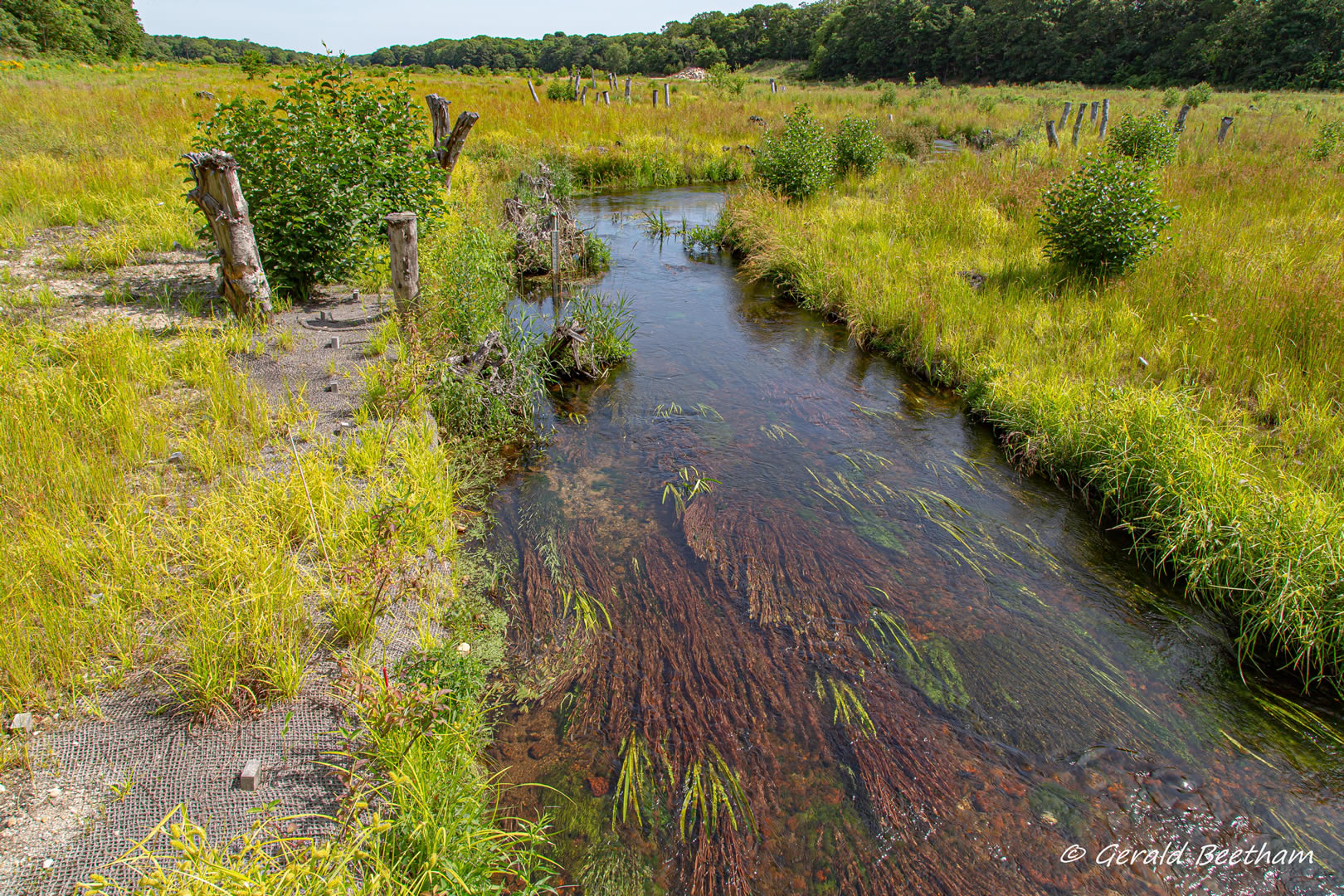River and Bog Restoration
- Home
- /
- River and Bog Restoration
Massachusetts lost more than 28% of its wetlands between the 1780s and 1980s (Dahl, 1990) and continues to lose wetlands every year (Massachusetts Department of Environmental Protection (DEP)). DEP has identified cranberry farming as one of the four types of land development, along with residential development, commercial development, and gravel mining, that can have the greatest negative impact on wetlands in the state. There are currently over 48,000 acres of wetlands in the state and nearly 14,000 acres of cranberry bog (Cape Cod Cranberry Growers Association), most of which are in southeastern MA in watersheds draining to Cape Cod Bay, Nantucket Sound, Narragansett Bay, or Buzzards Bay.
Cranberry farms that are abandoned and left to go fallow present an opportunity for restoration. In many cases, these bogs were developed on former wetlands and with restoration efforts can be restored to a natural wetland habitat. Where rivers and streams run through these bogs, the river channel and connection to the surrounding floodplain can also be restored. By removing barriers to fish passage, filling ditches, constructing new sinuous stream channels and removing excess sand on top of the former bogs these areas can be restored to provide improved habitat for fish, birds and other wildlife.
Childs and Coonamessett River Restoration
The Childs River and Coonamessett River restorations are the first two projects of their kind completed on Cape Cod. Together they are serving as examples and providing new knowledge and lessons that will be applied to similar projects across the region. The Coonamessett River restoration was completed by the town of Falmouth with support from the Coonamessett River Trust, The 300 Committee Land Trust, and many other partners including APCC.
Photo Credits: APCC, Gerald Beetham, Falmouth Rod and Gun Club, and Inter-Fluve.
The Childs River restoration was led by the Falmouth Rod and Gun Club and the Sporting, Safety, Conservation and Education Fund with support from APCC working in collaboration with local, state, and federal partners.
The Childs River flows south through Mashpee and Falmouth into Waquoit Bay and Vineyard Sound. Since the mid-1800s, mill dams and cranberry farming have severely impacted the hydrology, water quality, aquatic habitat, terrestrial habitat, and fish passage throughout the river’s length. In addition to the overall health of the watershed, native sea-run Brook Trout populations had been greatly reduced or extirpated in the Childs River system due to these impacts.
In 2021, construction on the Childs River was completed including removal of a failed fish ladder, replacement of a degraded culvert, creation of a new river channel through former ponds and bogs, construction of freshwater ponds for waterfowl, and restoration of bogs into natural wetlands. Some immediate changes from the restoration efforts have already been evident in data being collected along the river. Most notably, average temperatures below the former ponds (north and south of Carriage Shop Road and downstream of the former bogs) were significantly lower in the summer months following construction. Temperatures are now well within suitable ranges for sea run Brook Trout throughout the year, achieving one of the primary goals of the project to improve habitat for this coldwater fish.
For a full report summarizing results of monitoring one-year post-restoration, see the APCC Childs River Report 2023.
For a summary report of the Child River Restoration project goals and achievements, see the Childs River Report Executive Summary – 2023.

